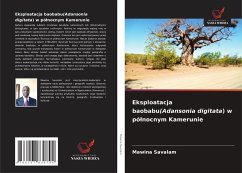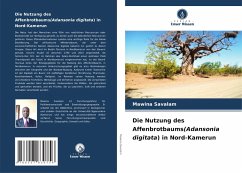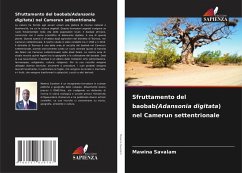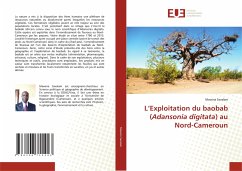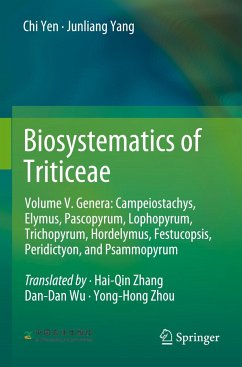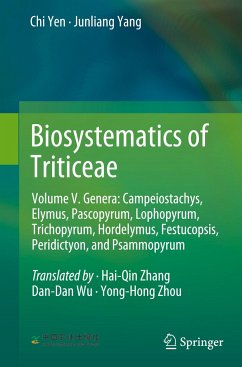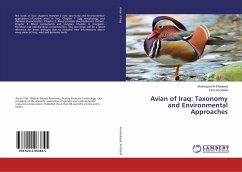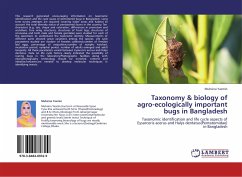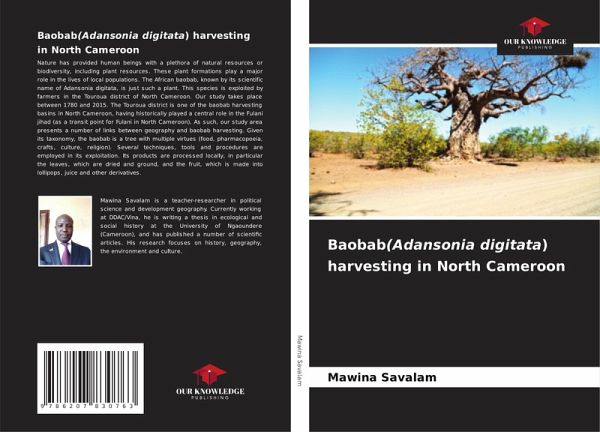
Baobab(Adansonia digitata) harvesting in North Cameroon
Versandkostenfrei!
Versandfertig in 6-10 Tagen
56,99 €
inkl. MwSt.

PAYBACK Punkte
28 °P sammeln!
Nature has provided human beings with a plethora of natural resources or biodiversity, including plant resources. These plant formations play a major role in the lives of local populations. The African baobab, known by its scientific name of Adansonia digitata, is just such a plant. This species is exploited by farmers in the Touroua district of North Cameroon. Our study takes place between 1780 and 2015. The Touroua district is one of the baobab harvesting basins in North Cameroon, having historically played a central role in the Fulani jihad (as a transit point for Fulani in North Cameroon)....
Nature has provided human beings with a plethora of natural resources or biodiversity, including plant resources. These plant formations play a major role in the lives of local populations. The African baobab, known by its scientific name of Adansonia digitata, is just such a plant. This species is exploited by farmers in the Touroua district of North Cameroon. Our study takes place between 1780 and 2015. The Touroua district is one of the baobab harvesting basins in North Cameroon, having historically played a central role in the Fulani jihad (as a transit point for Fulani in North Cameroon). As such, our study area presents a number of links between geography and baobab harvesting. Given its taxonomy, the baobab is a tree with multiple virtues (food, pharmacopoeia, crafts, culture, religion). Several techniques, tools and procedures are employed in its exploitation. Its products are processed locally, in particular the leaves, which are dried and ground, and the fruit, which ismade into lollipops, juice and other derivatives.



